In an extract from his book ‘The Art Of Songwriting’, musician Ed Bell explores what it means to be creative
Here’s something fun to know about how creativity works: we don’t really know how creativity works. How exciting is that? How inspiring is that? Your brain can come up with things that have never existed before and nobody can completely explain how it does it. Somehow, it just does. Somehow, it can take in everything it’s ever learnt or experienced and turn all of that into something new.
Creating something original is always going to take you somewhere unexpected. By definition. So that also means that the process that’s going to take you there is going to be unpredictable, and that’s totally the point.
But if you can’t always plan where your creative brain will take you, you can learn to tweak and streamline your process to help your brain work at its best. That’s what this article is about.
Don’t take this personally, but your next song isn’t just about you. You might be the person who creates it, puts their name on it and says cool and intriguing things about it in a Rolling Stone interview. But slow down, punk, this is about your song too. From time to time your song is going to tell you what it wants and needs. It’s your job to shut up and listen out for that.
The thing is, a work of art is its own kind of living organism. And like any living, breathing, functioning thing, the parts all have to be in their proper places for the whole thing to work properly. You could go all Dr Frankenstein and swap a person’s brain and kidneys around, and as interesting an experiment as it might be, you’d quickly realise that a human body doesn’t really work if you do that.
Songwriting works the same way. Sure, it’s a creative act. But a creative act is also an act of discovery. You decide to write an uplifting ballad, so that affects the tempo or title you choose. You decide to make the first chord C major, so that affects what you choose for the second chord. You’re making some choices and trying to discover what other choices go well with them. That’s why there are no right and wrong creative choices – only choices that work well together.
Some people describe this process as pulling a song out of the air or out of the ether. It’s as if the song already exists, you’re just trying to uncover it. It’s as if the statue is already in the block of marble, you just have to dig it out.
The big decision – the part where you’re 100% holding the reigns – is when you decide what your song is or isn’t about. What you might call the big vision. After that, you’re trying to figure out the clearest or most interesting or most personal way of realising that vision. And that’s a process of trial and error, a process of discovery.
Yes, this might sound scary. It might sound like you’re letting go of control exactly when you should be doing the opposite. But once you embrace this, you might be surprised by how liberating it is. Seriously, try it sometime. You’ll become a medium or channel instead of a dictator. You’ll stop trying to micro-manage every part of what you create and you’ll let what you’re creating lead you on a crazy adventure. Trust me, it’s a lot more fun that way.
DRAFTING
A big part of the process of discovery is discovering things that don’t work. Because discovering things that don’t work is one of the best ways to discover the things that do.
That’s just how it is. In life and art, you have to make a lot of wrong turns before you can start making the right ones. In songwriting, you usually have to write the half-assed version of something before you can write the fully-assed version. Sometimes it takes five, ten or twenty slightly different but still half-assed versions of a line or melody before you come up with one you really like. Sometimes it takes even more.
As they say: great songs aren’t written, they’re rewritten.
In fact, the more a work of art looks like it came out perfectly formed in some giant explosion of perfect inspiration, usually the more blood, sweat and tears that went into making it look that way. Plenty of great works of art weren’t that great at some point in their creation – google ‘dodgy early demos of classic songs’ and you’ll see what I mean.
Sure, it’s easy and tempting to assume that great artists are just better at coming up with great ideas than everyone else, but it’s just not true.
As any great artist will tell you, they come up with plenty of terrible ideas too. The only difference is that great artists have learned to be pickier. They don’t settle for OK. They come up with as many ideas as they can and only roll with the best ones, or they just keep refining and improving the OK ideas until they become the best ones.
NO IDEAS ARE NEW
Your brain churns out new ideas, and you turn those new ideas into songs. But have you ever wondered where those ideas come from?
It turns out the answer is really simple and really interesting: new ideas are made of old ideas. New ideas are just old ideas dressed up differently or mixed up in new ways.
That means, in a sense, there are no new ideas. It means, in a sense, all art is made by stealing ideas from other art. As T. S. Eliot said, “Immature poets imitate; mature poets steal; bad poets deface what they take, and good poets make it into something better, or at least something different.”
This is exciting because it doesn’t just give you permission to steal liberally from the art and artists you love, it means stealing from the art and artists you love is the only way to create something new. It means you have to drown in the ocean of influence before you can come up to the surface with something new and exciting.
But let’s be clear, creativity isn’t plagiarism. Creative theft doesn’t mean copying someone else word for word or note for note. Sure, you can steal whatever you like, but you have to give as much as you take. You have to do something new with the things you steal. You have to take parts of some random thing you love and mix them together with parts of other random things you love. And that’s called being original. That’s called making something new.
Every artist wants to create something new. There’s not much point in being an artist if you don’t. But no one is going to reinvent their art form overnight. You have to be influenced. You have to take other people’s ideas and do other things with them. You have to work with what’s already out there and nudge it somewhere just new enough that it becomes original.
One way or another, everything you write is a love letter to the art you admire. And that’s how it should be.







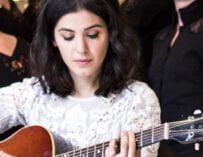

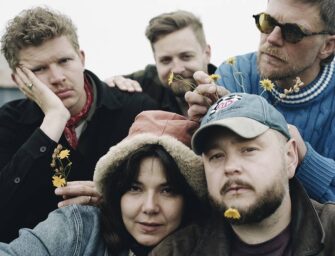
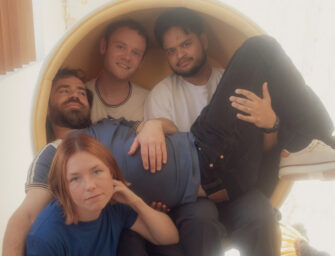
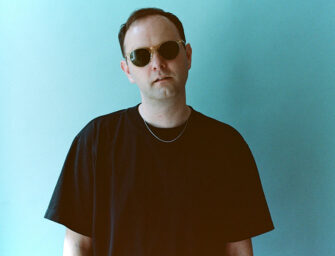
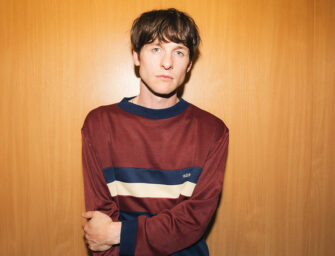
















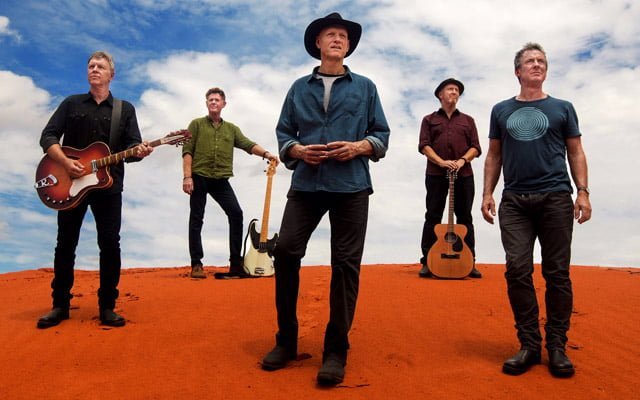






Related Articles